PART I | PART II | PART III | PART IV | PART V
The lore of Warhammer 40K’s universe expands far beyond the twenty-plus factions I’ve already explored in previous essays. From factions too obscure to warrant their own armies to the many non-militant groups and alien races, there is far more to Warhammer 40K than what is represented by the tabletop game.
There are many roads to uncovering the world of 40K, from novels and books to toys and games: every one a mousetrap waiting to ensnare you and pull you into the grimdark world of 40K.
The Wikis
Warhammer 40K is a playground for those who love to stumble down a good wiki-hole, spending hours learning about the lore of their favorite franchises. There are TWO wikis dedicated to Warhammer 40K, the Warhammer 40K Wiki and the Lexicanum, both offering extensive information about its universe. While the wealth of knowledge is useful, it can also be overwhelming as every page uncovers new mysteries. Questions like “what is the Horus Heresy?” or “who is Belisarius Cawl?” only spark further curiosity.
While in-universe lore receives thorough coverage, real-life history surrounding the Warhammer franchise remains vague. The Lexicanum provides helpful lists of miniatures and the editions under which they were released, but they are buried within countless pages of in-universe lore.
Moreover, discovering the origins of certain pieces of lore proves challenging. Given Warhammer 40K’s four-decade existence, pinpointing exact sources can be a daunting task. Has Inquisitor Greyfax always been a major character, or was she introduced out of nowhere in a campaign book two or three years ago? From my research, I’ve learned that most of the lore comes from one of three sources: the rulebooks, the novels, and White Dwarf Magazine.
The Rulebooks and White Dwarf
The rulebooks, which I remind you are at least $50 each, are the most authoritative sources of 40K lore. They may largely exist to provide special rules for your tabletop campaigns, but they also contain lengthy prose sections offering those campaigns context. Want to know the origins of the 13th black crusade? Then you’ll need to get your hands on the now out-of-print book Gathering Storm: Part 1, only available as a costly hardback or through GW’s subscription-based app. Unlike most of the games industry, GW does not believe in PDFs.
The novels delve deeper into the lore introduced in the rulebooks, but they often assume readers possess a certain amount of prior knowledge, which can be confusing. As you can tell, the wikis are more convenient.
The best way to stay up-to-date with Warhammer 40K (and GW’s other wargames) without investing in expensive hardbacks is to subscribe to their monthly physical magazine, White Dwarf. Upcoming releases, major lore updates, and new rules are all revealed in White Dwarf before anywhere else. Don’t have a subscription? Then maybe you don’t really care about Warhammer 40K after all.
The Novels
For me, and likely for many others, the novels are the most captivating gateway to the Warhammer 40K universe. Games Workshop has an entire publishing label called the Black Libarary dedicated to producing novels, novellas, short stories, and audio dramas based on the world of 40K and Age of Sigmar. With at least one new novel every month, as well as dozens of short stories published in White Dwarf and collected in anthologies, there is no shortage of 40K literature. Specific factions have their own dedicated series, and major events in the 40K universe are covered in novel form, introducing noteworthy characters, exploring their perspectives, and breathing life into the universe by grounding even the most fantastical elements.
With literally hundreds of novels to choose from, it may seem overwhelming, but it also means that there are countless points of entry based on your favorite factions or specific interests within the lore.
Podcasts and Youtube Videos
If any of these resources feel overwhelming, then you can always turn to one of the many podcasts and Youtube channels dedicated to explaining the lore. However, your mileage may vary, as some channels dive into the lore without much context, some even adopting the personas of characters within the universe to explain the lore.
For a beginner-friendly entry into 40K lore, I recommend the Adeptus Ridiculous podcast. With their down-to-earth attitude and sense of humor, they excel at explaining the intricate world of 40K to those unfamiliar with it. Their premise involves a 40K veteran guiding a clueless individual through the lore, which has helped me immensely in sorting through and understanding the lore myself.
Video and Board Games
While 40K’s status as a “game” is itself questionable, there exists dozens of games, both physical and digital, that use the 40K license.
Let’s start with the board games. These come in two flavors: complicated and overpriced, but not as much as an actual game of 40K; and regular board games with a handful of miniatures to get you hooked. For examples of the former, see Blackstone Fortress and Space Hulk, two adventure games that have far too many pieces, take hours to set up and play, and cost over a hundred dollars, but offer very unique experiences. For an example of the latter, take a look at Space Marine Adventures, which plays more like a family-night board game and retails at a similar price.
Then there are the skirmish games that ask the question: what if 40K was affordable? Games like Kill Team and Necromunda may resemble their large-scale counterpart, but focus on a small squad of minis playing on much smaller battlefields. While still expensive, especially if you decide to invest in them further, the cost of entry is more reasonable.
It’s worth noting that all of these games feature miniatures, and often the boxed sets are cheaper than purchasing the miniatures separately. Many of these games also contain unique minis unavailable anywhere else – what one might call a “gateway drug” for potential enthusiasts.
In the digital realm, dozens of video games based on the property have been churned out, with some of them even being kind of good. While many 40K video games are strategy games closely mimicking the large-scale army movements of the tabletop game, others delve into more action-oriented gameplay. The 2011 game Space Marine, for example, is a third-person shooter that managed to earn acclaim from 40K and video game fans alike.
Not all of them are winners, however. GW’s strategy seems to be to get the brand in front of as many eyes as possible, meaning there are a lot of bad games on the market as well. But with such a diversity of content available, there are countless ways for individuals to be drawn into the world of 40K. If the setting alone can spark curiosity, the quality of the game becomes a secondary concern.
Other Toys and Games
So the novels, the games, and the spin-offs all provide on-boarding points for non-fans to get invested, but the 40K branding doesn’t end there. There are also crossover games, such as Munchkin Warhammer 40K, which combines the laid-back gameplay of the board game Munchkin with 40K imagery. Toys and action figures, including large-scale figures of the Sisters of Battle, can be found in the children’s section of big box stores like Target. This raises questions about the morality of marketing the grimdark world of 40K, with its themes of xenophobia and fascism, to children, but that’s a topic for another day.
When I said that Warhammer 40K has been a part of my life since the beginning, this is what I meant. It’s everywhere. I would not be surprised if you too have had some kind of experience with 40K without even realizing it.
Why So Much Warhammer?
So what’s the point of all this? I believe that the abundance of novels, spin offs, board games, and media tie-ins all share a common objective: to serve as entry points into the vast universe of Warhammer 40K. Once you become interested in one aspect of the brand, it opens the door to many other parts of the brand. It’s a series of interconnected mousetraps designed to funnel outsiders into the world of 40K and encourage them to engage with the aspect that makes GW the most money: the miniatures.
Not everyone will be into the minis, of course; some will be satisfied with reading the novels, or playing the video games, or simply painting the miniatures without intending to use them in gameplay. Warhammer 40K is more than just “THE Hobby,” it is a collection of interconnected hobbies that coexist under the same umbrella. Each of these pursuits is a valid hobby on its own, but if one hobby leads to another, all the better for GW.
It’s genius in its own way.





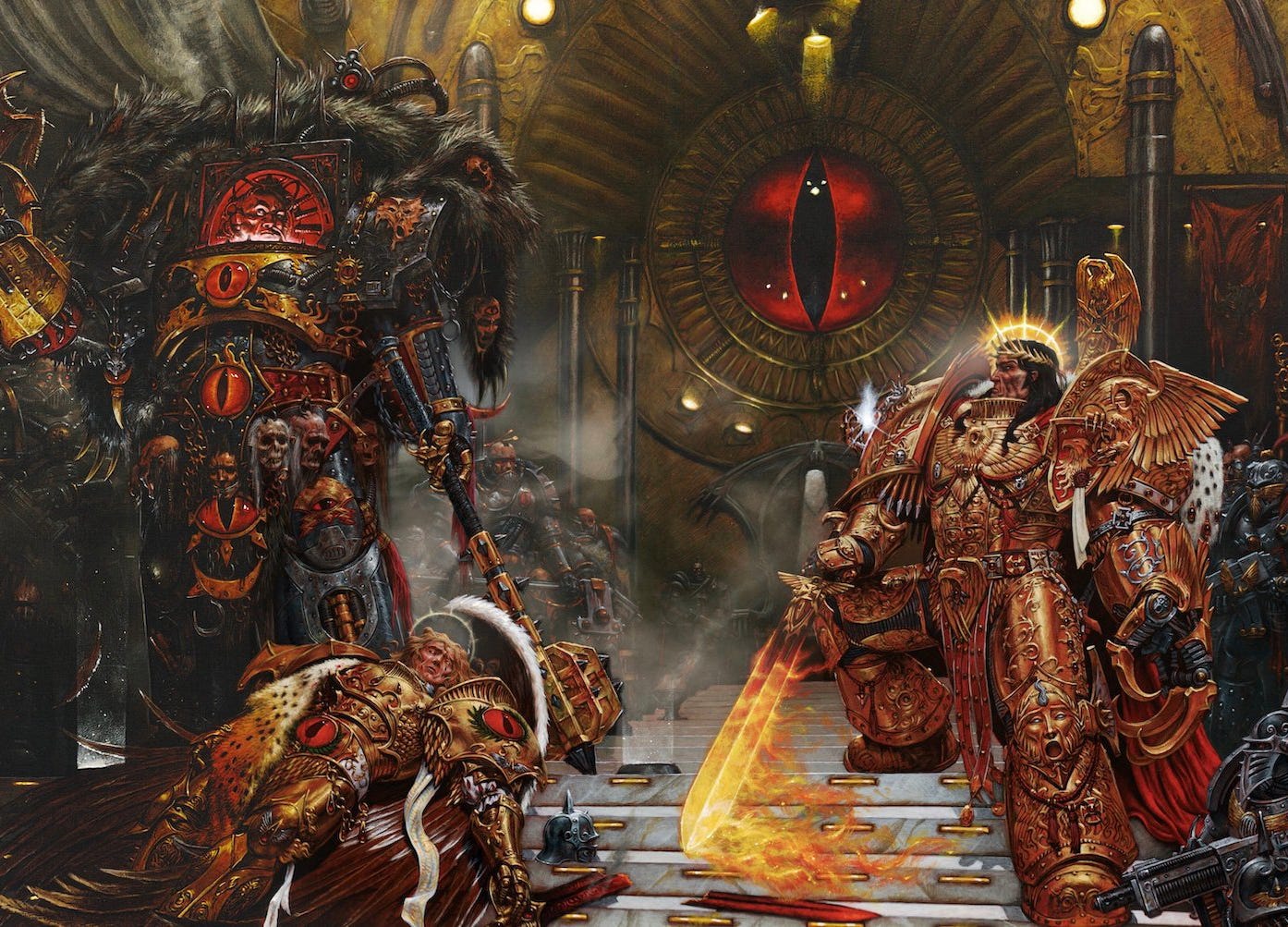
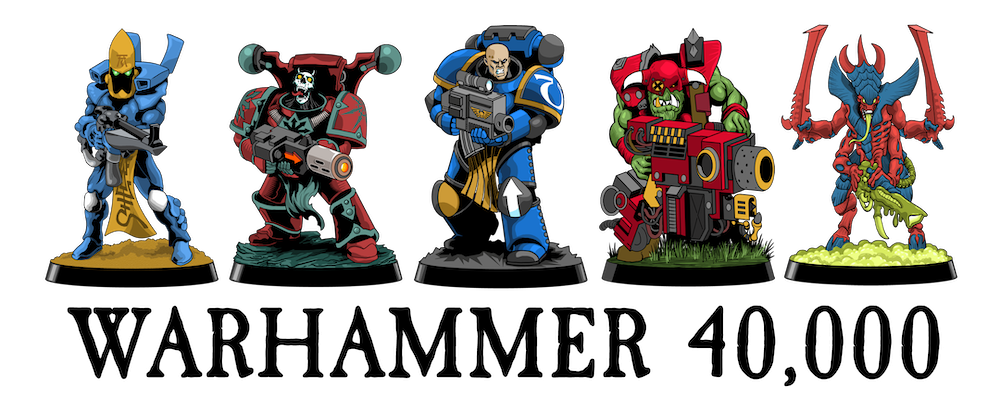

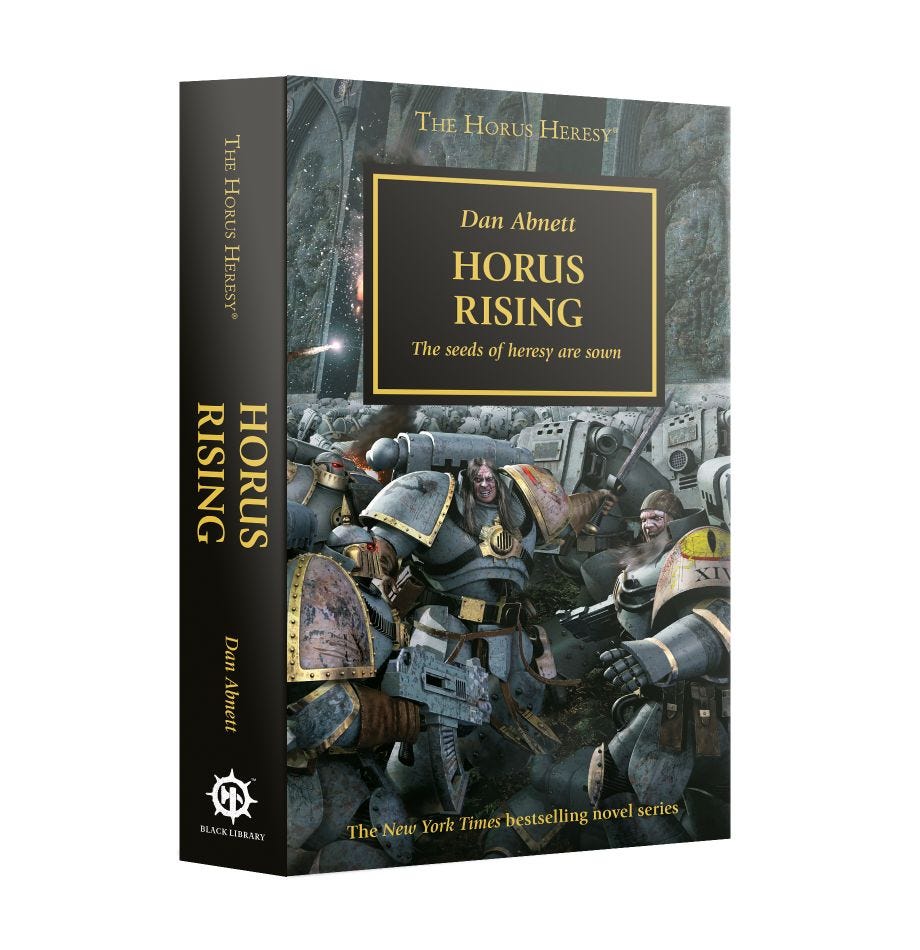
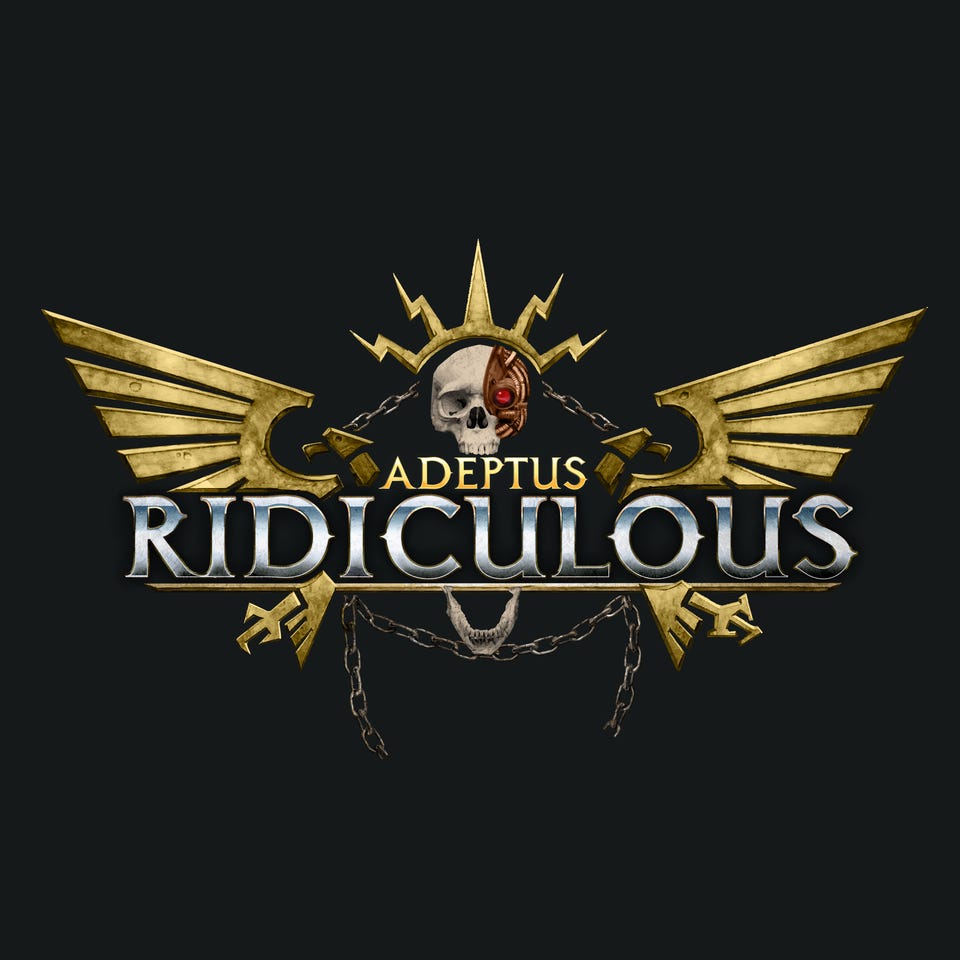
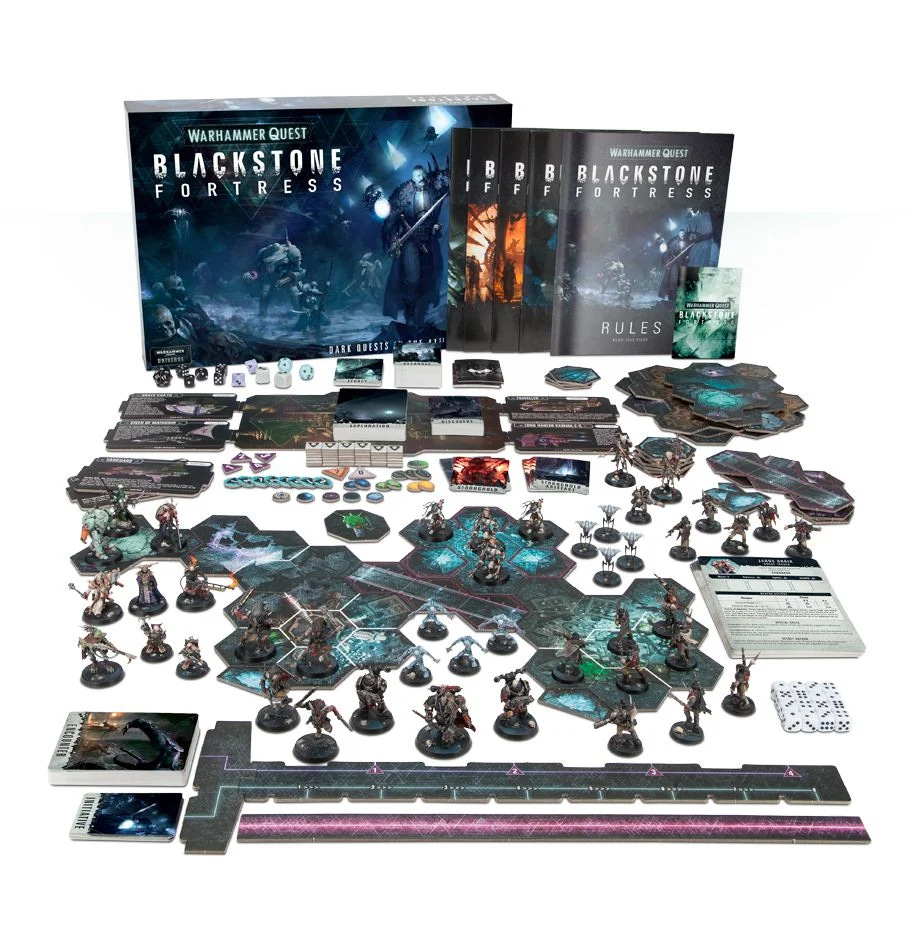
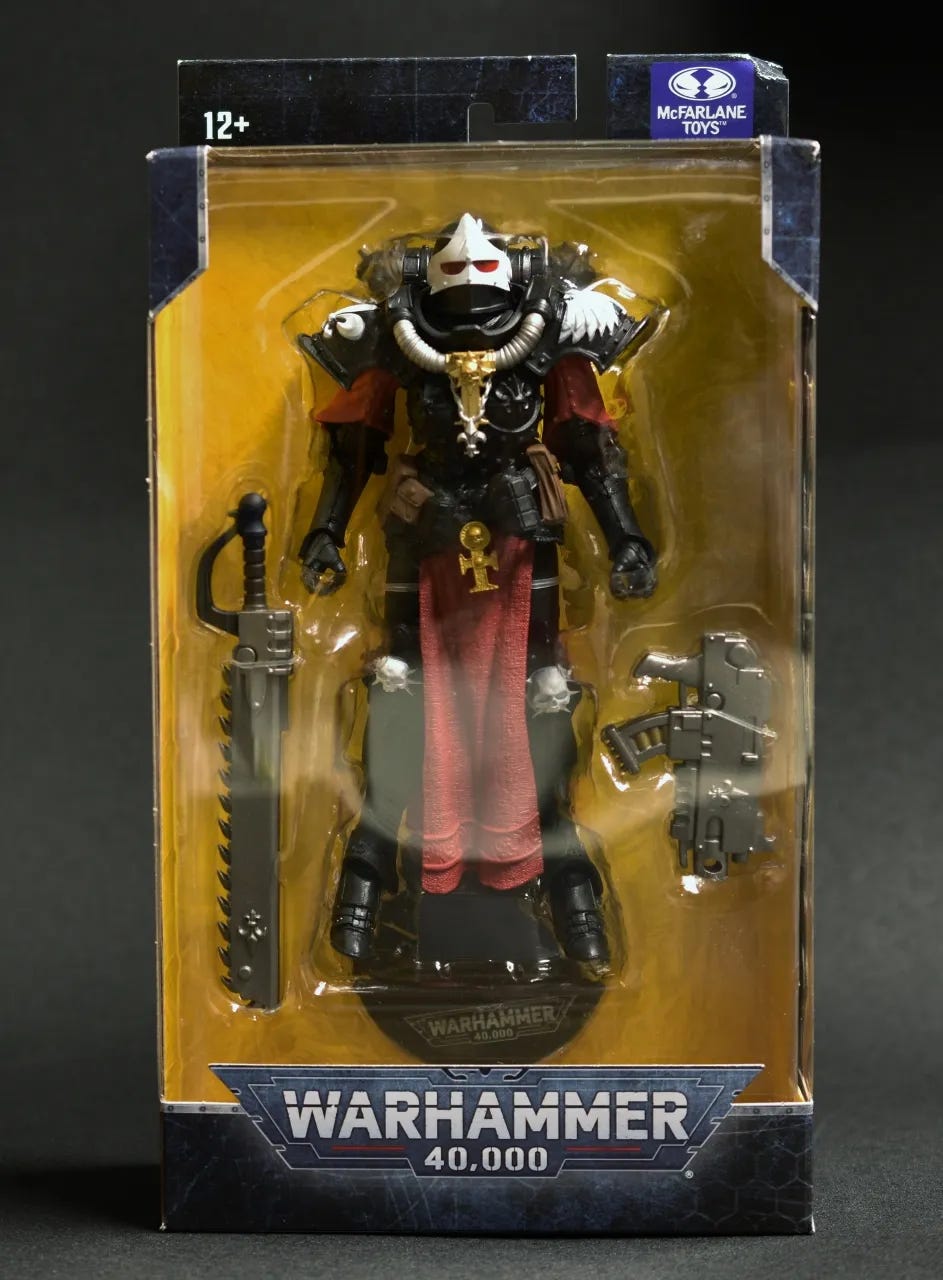

Solid writing and great detail!